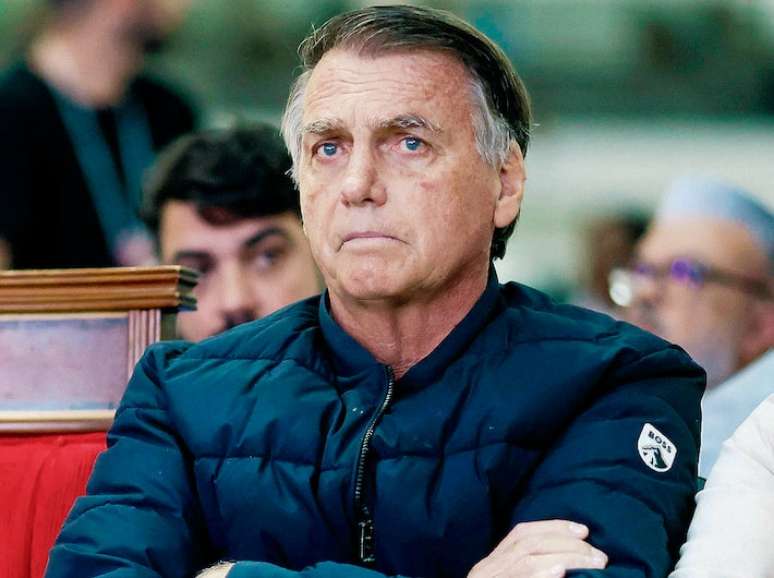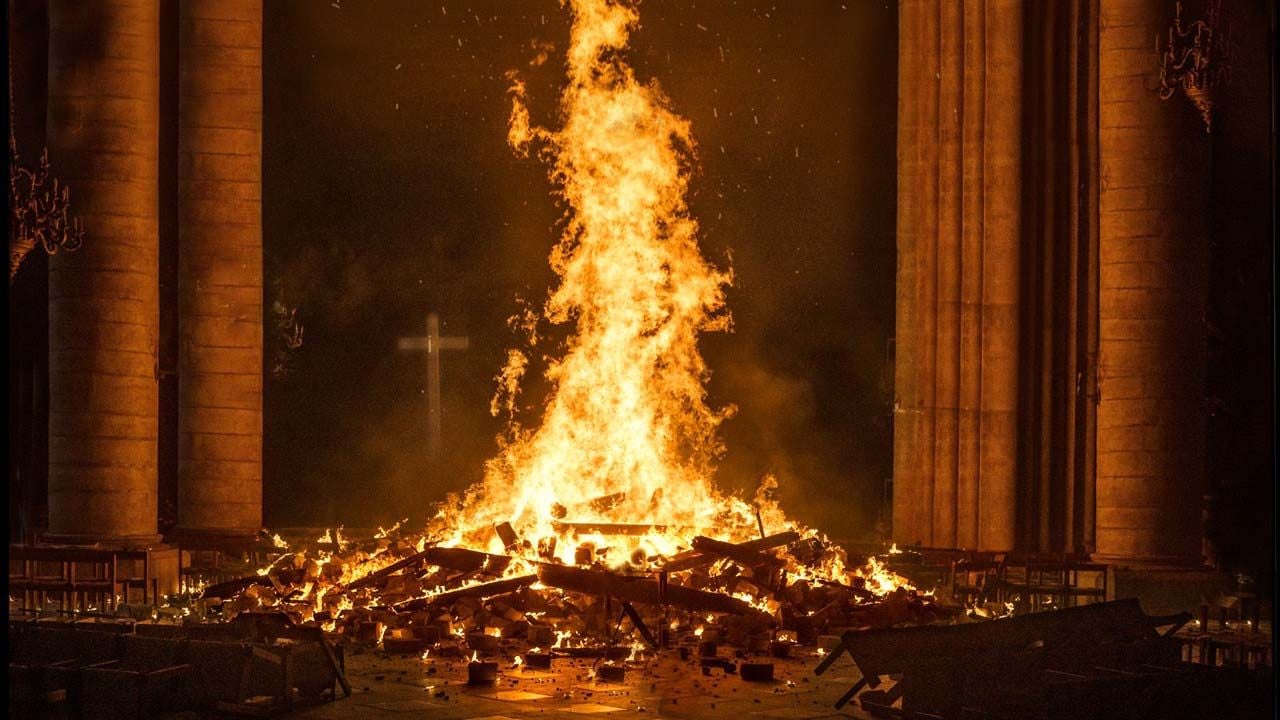We have to save Private Ryanwar film masterpiece
At the height of his immense career, which began on the big screen in 1974 with Sugarland Expressdirected by Steven Spielberg in 1998 We have to save Private Ryan. This war film therefore offers a simple story, framed by two monumental battles, with unprecedented violence and realism for the time. The film was a popular and critical success, grossing more than $480 million worldwide. A real cinematic shock upon its release, awarded with five Oscars and nominated for another six, the same year as the triumph of Titanic, Ryan occupies a place in the collective memory alongside the greatest war films.
Twenty-six years after its release, time has little influence on the film, whose production is so successful that it seems timeless. But time is still doing its work, Ryan it appears above all as a war film, without being a film ON war. In fact, it does not resemble a discourse on human madness, individual or collective. Without questioning the profound nature of war, Spielberg still manages to make an exceptional film. As if, afterwards Schindler’s List AND AmistadSpielberg had innocently dived into the sandbox where his passion and genius were born.

Ryan, by technical knockout in the first round
At 52 years old, at the top of his game since the early 1980s, Steven Spielberg is undoubtedly realizing a childhood dream with this film. He is indeed a true son of the West, coming from a family that fled European problems. His early works concern, one might say naturally, war. That’s how he does it Escape to nowhere AND Battle team, when he was only 14 years old. With Ryan, The circle is complete. For these two short films he used earth placed on boards on which the actors jumped to simulate impacts and explosions. Almost forty years later, the same power of illusion animates Spielberg, the same heroic story that the child tells himselfbut the means have evolved considerably.
The reconstruction work is phenomenal: manufacturers of historical uniforms were contacted to remake models of the time. Everything, down to the smallest details, is designed to be as close to reality as possible. A perfect inventory, where the rare shortcomings were material constraints, and in any case invisible to an eye not involved in military matters. It is this concern with the ultra-realism of sound and image that Christopher Nolan will continue to produce nineteen years later Dunkirk.
Unlike an illustrious predecessor like The longest day, the war is filmed here freehand. The camera shakes and follows the soldiers, wincing at the impacts. The immersion is total, even literal, as Spielberg manages to create beautiful underwater scenes shot as if in apnea. The violence is extreme, it takes your breath away quickly. And today, the immersion equals or even surpasses what 3D does best. The sequence is therefore legendary, grandiose and perfectly sums up all the horror of war. Twenty minutes, 11 million dollars on a total budget of 70, and the mass has been said.
We have to save Private Ryanblockbuster of the last war
In many ways, We have to save Private Ryan it looks a lot like Sea teeth. In particular for the technical innovations, the small group of heroes and the epic nature of their mission, and the inevitable family to be rebuilt. Spielberg invented the blockbuster Jawsand his intention with Ryan It is good to continue on this path. We know Spielberg’s desire to make each of his films the definitive film. This need, which is also a megalomania, works wonders We have to save Private Ryan.
It works so well that the planets align to make it the ultimate war success. Indeed, for various reasons, war films no longer enjoyed such success in the first two decades of the new century. In 1998 it was Titanic which opens its future to cinema, and inaugurates years that will be essentially dominated by comedies and dramas.

From there, cinema evolved rapidly, its industry and its themes entered the 21st century, budgets exploded, and digital technology opened up new fields. Furthermore, in Spielberg’s filmography, the impact of the events of September 11, 2001 is particularly visible, particularly with Monk AND War of the Worlds, where innocence has given way to worry. The director becomes busier and more critical, ushering in a new era of his entertainment empire.
Therefore, the performance set by Spielberg has never been equaled. The best have tried, with undeniable successes, but far from the standards established by Ryan. We can think of Ridley Scott with The fall of the Black Hawkoh Stalingrad by Jean-Jacques Annaud. So there is a before and an after Ryanbut this honor goes as much to its author as to the upheavals of the period of its production.
War seen from innocence
It is between the landing and the final battle that the film shows its simplisms, which time tends to make more and more evident. The men who form the team searching for Ryan are all different characters, united by war. There’s the Jew from Brooklyn, the nice guy from the Midwest, the fragile nerd, the Italian American, the hothead loyal to the boss, etc. Only Upham, in his primary role as an intruder in the group, will do so this famous inner journey which very often contributes to the quality of films of this genre.
The entire cast gives it their all and almost everyone will lose their skin. Barry Pepper, in the role of the sniper, Vin Diesel and Jeremy Davies reveal themselves to the general public. Tom Hanks, a two-time Oscar winner and America’s favorite actor, will be nominated for an Oscar for his performance. This role has stuck with him ever since, as evidenced by his presence alongside Barack Obama and Nicolas Sarkozy in 2009 for the 65th anniversary of the Normandy landings. Hero of the film, the perfect incarnation of him is due more to his acting talent than to the writing of his character.

Steven Spielberg, moreover, does not deviate from his strong patriotism and from the Western version of events: the Americans are the good ones, saviors ready for martyrdom to defend freedom and the starry banner, and they defeated Nazism. In reality, if we balance our gaze by heading east, the landing appears almost like a walk in the park compared to the battle of Stalingrad. And we can also add that in June 1944 the Allies already knew that victory was only a matter of time. This subjective version of the conflict, American-centric and Manichaeanit helped the film open doors the prestigious Library of Congress, where the film has been archived since 2014 for its “historical, cultural and aesthetic” qualities.
End of century applause
After We have to save Private Ryanthere will no longer be a successful war film without representing theinternal enemyexcept for Dunkirk. Whether it’s the hierarchy, the fighter himself, or something else entirely, war cinema returns to the New Hollywood themes that Spielberg consciously distanced himself from to Ryan. Twenty years later, it is this lack of critical perspective that weighs down his film, ultra-realistic in its battles and never far from sentimentality in its dialogue. An imbalance that certainly gave ideas to Quentin Tarantino who, in Inglourious Basterdsoffers a perfect counterpoint to Spielberg’s film.
Minesweeperby Kathryn Bigelow, is undoubtedly the film that has had the closest reception to that ofWe have to save Private Ryan : six Oscars, including best film and best director, on the contraryAvatars by James Cameron, when Ryan obtained partly the same rewards against the Titanic of the same James Cameron. Also virtuoso but less spectacular, Minesweeper he also won the award for best original screenplay for this intimate war story. Somehow, Minesweeper it’s the perfect anti-Ryan and both the best war films of their time. Minesweeperreleased in 2009 for a budget of 11 million dollars, it will bring 17 in the United States and just 50 in total…
And in the end Spielberg wins
It must be admittedWe have to save Private Ryan has found its place in the pantheon of war films, alongside monuments like Full metal jacket OR Journey to the End of Hell. The difference of the filmmaker, his identity, lies there, capable of creating productions over time for a very large audience, wonderfully managing the average visions of his different themes. Brilliant in his technique and perfectly mediocre in his drama, Steven Spielberg is the great master of illusion and, twenty-six years later, We have to save Private Ryan remains the most striking proof.
Article updated and originally published on October 2, 2018.
Source: Cine Serie
Ray Ortiz is a journalist at Gossipify, known for his coverage of trending news and current events. He is committed to providing readers with accurate and unbiased reporting, and is respected for his ability to keep readers informed on the latest news and issues.






![Everything for the light: Iris’s heart balances between Swan and Noah … which awaits you from 25 to August 29, 2025 on Netflix [SPOILERS] Everything for the light: Iris’s heart balances between Swan and Noah … which awaits you from 25 to August 29, 2025 on Netflix [SPOILERS]](https://fr.web.img6.acsta.net/img/ff/9a/ff9a86109d2835e48da81afa8aae5f10.png)


